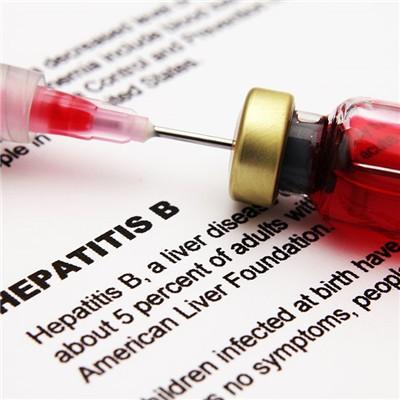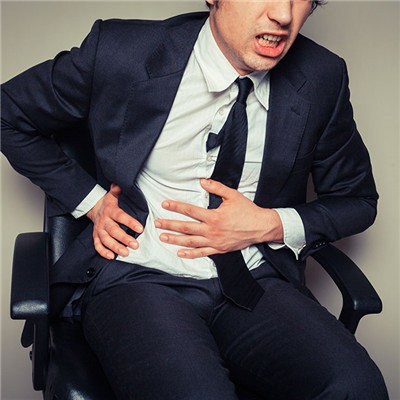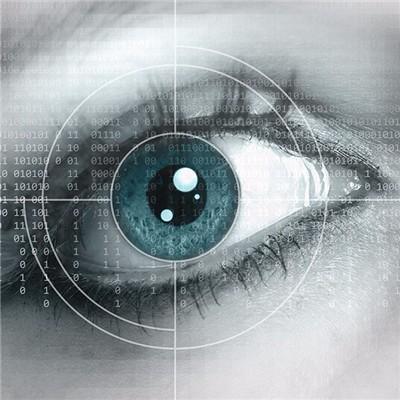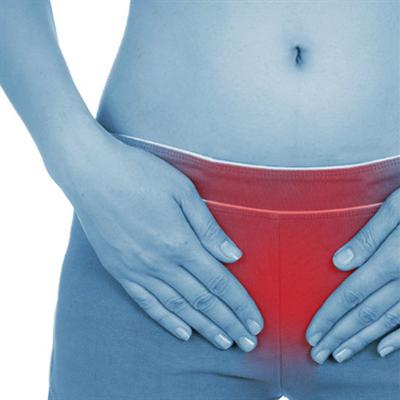Symptoms of compression lumbar fracture?
summary
According to the shape of fracture line, fracture can be divided into: fissure fracture, subperiosteal fracture, green branch fracture, tear fracture, transverse fracture, oblique fracture, spiral fracture, comminuted fracture (fracture pieces broken into more than three pieces, called comminuted fracture), embedded fracture, concave fracture and compression fracture. Compression fracture is a kind of fracture. Symptoms of lumbar compression fractures? Let's talk about it.
Symptoms of compression lumbar fracture?
① Stable fractures: simple vertebral compression fractures (anterior compression of vertebral body does not exceed 1 / 2 of vertebral body thickness, without accessory fracture or ligament tear); Or simple accessory (transverse process, spinous process or unilateral lamina, pedicle) fractures are stable fractures. This kind of fracture has little effect on the stability of the spine. Generally, there is no ligament damage, no obvious displacement tendency, and the treatment is relatively simple. Conservative treatment is often used, and the prognosis is good.

② Unstable fracture: all vertebral compression more than 1 / 2 of vertebral thickness, comminuted, or fracture with dislocation, accessory fracture or ligament tear are unstable fractures. This kind of fracture is mostly caused by strong violence, the stability of the spine is destroyed, and most of them are combined with ligament tears and spinal cord or spinal nerve root injury. It is difficult to treat, most of them need surgery, and the prognosis is poor.

If there is sudden pain in the back after injury, palpation along the spine, limited tenderness and percussion pain in the thoracolumbar segment, and kyphosis in the spine, compression fracture should be considered. X-ray film showed that the injured vertebral body was wedge-shaped, and the degree of vertebral compression was 1 / 4-1 / 2.
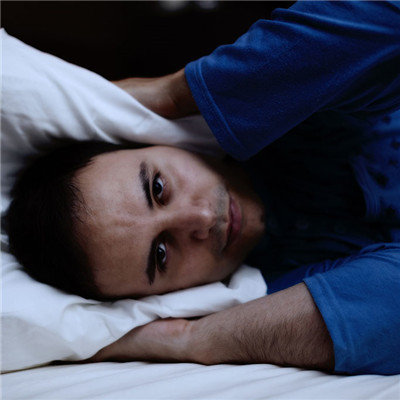
matters needing attention
In addition to back pain, middle-aged and old people's compression fractures rarely affect nerve function, and their lower limbs can move. In this way, the injured patients can be considered as "OK", resulting in misdiagnosis or missed diagnosis and affecting treatment. Therefore, if the middle-aged and old people have back pain after injury, even if it is not serious, they should go to the hospital for examination, so as not to delay treatment. In addition, we should pay attention to whether there are other injuries.
